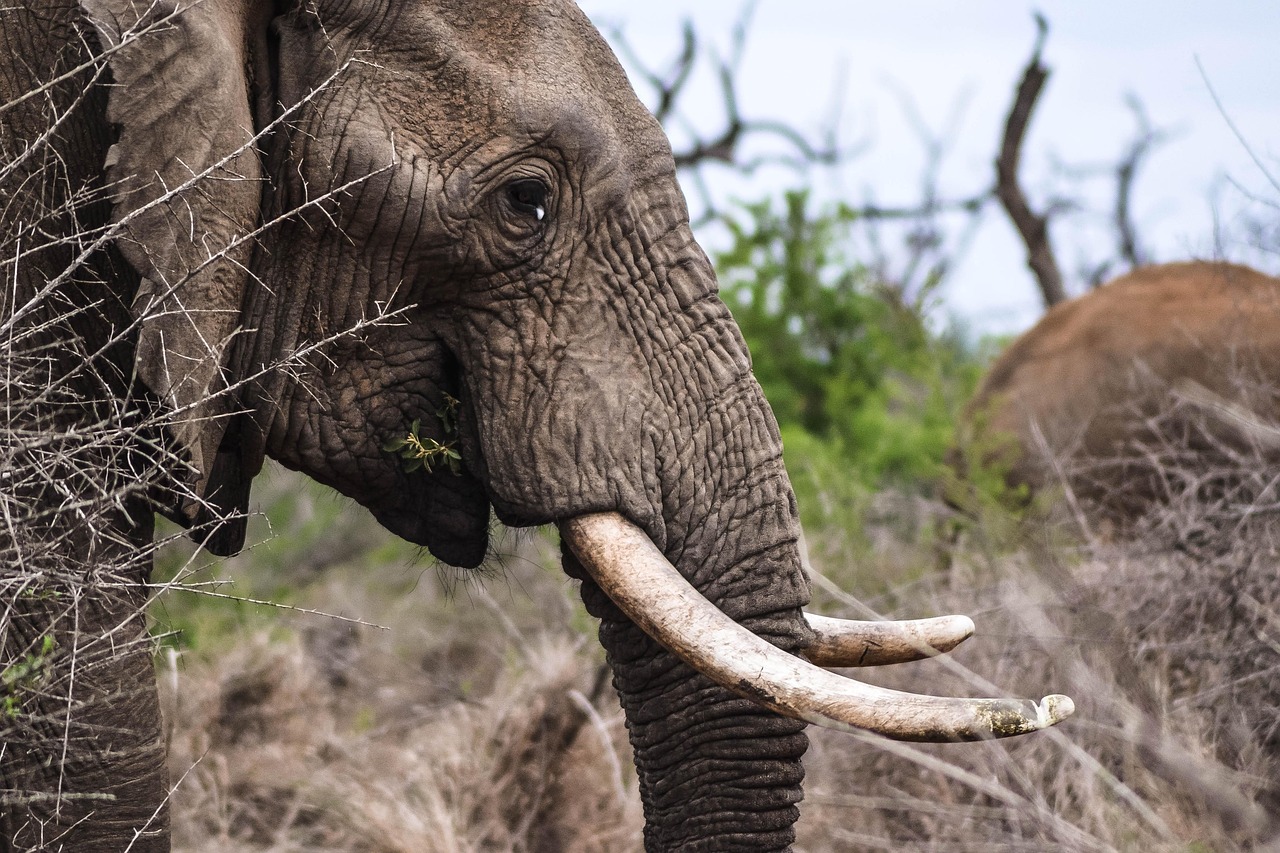Community involvement in watershed conservation explained
Domino Drought, and more…
Let’s Keep Idaho’s Rivers Flowing!
Idaho’s rivers are facing a challenge – a pattern of dry years called “Domino Drought” that makes it hard for them to bounce back. But we can all work together to help them!
The Active Climate Rescue Initiative (ACRI) is a team of experts who are working to protect our rivers. They have a lot of experience with helping communities conserve water and can offer helpful tools and advice.
Here’s how you can help:
1. Learn About Your Watershed: Did you know that everything we do in our communities connects to a river system? Knowing how your community is linked to a particular watershed is the first step in protecting it!
Stay tuned for more ways to get involved in protecting our precious Idaho rivers!
Protecting Our Water: How Communities Can Save Idaho’s Rivers
TL;DR Idaho’s rivers are facing a serious problem called “Domino Drought,” where dry years keep happening, making it harder for rivers to recover. Communities can play a huge role in protecting our rivers by learning about watersheds, getting involved with conservation efforts, and using water wisely. The Active Climate Rescue Initiative can help with tools and advice to make a real difference.
Idaho’s Rivers: A Precious Resource
Idaho is known for its beautiful rivers and mountains. But these rivers are facing a serious threat called “Domino Drought.” This means that dry years are happening one after the other, making it harder for the rivers to recover. Idaho’s average rainfall is only about 18.9 inches (480 mm) per year, and these dry periods are making things even worse.
What is a Watershed?
Think of a watershed like a giant bathtub. Everything that falls on the land, like rain and snow, drains into a central point, just like water flows into the bathtub. This central point could be a lake, a river, or even the ocean. Protecting our watersheds is important because it helps keep our rivers healthy and full of water.
Community Involvement in Watershed Conservation
You might be surprised to learn how much you can do to protect our rivers! Here are some ways communities can get involved:
- Learn about watersheds: Knowing how your community is connected to a particular watershed is the first step. You can find information online, at your local library, or through environmental groups.
- Support local conservation efforts: Many organizations work to protect watersheds. You can volunteer your time, donate money, or simply spread the word about their work.
- Practice water conservation at home: Small changes can make a big difference. Turn off the water while brushing your teeth, fix leaky faucets, and water your lawn wisely.
- Educate others: Talk to your friends and family about the importance of watershed conservation. The more people who understand, the more we can do to protect our rivers!
Active Climate Rescue Initiative: Helping Communities Make a Difference
The Active Climate Rescue Initiative (ACRI) is a group of experts who are working to help communities fight climate change. They have a lot of experience with watershed conservation and can offer important tools and advice to make a real difference. You can learn more about them at https://climate-rescue.org/.
Summary
Idaho’s rivers are facing a challenge with Domino Drought. But communities can make a real difference by learning about watersheds, supporting conservation efforts, and using water wisely. Organizations like ACRI can provide valuable resources and guidance. By working together, we can protect our rivers and keep them healthy for generations to come.
More on Community involvement in watershed conservation…
- ## Important Related to Community Involvement in Watershed Conservation and/or Domino Drought:
- General Keywords:
- Community involvement in watershed conservation
- Watershed conservation community engagement
- Public participation in watershed management
- Citizen science for watershed health
- Community-based watershed restoration
- Local solutions for water conservation
- Domino drought
- Drought domino effect
- Cascading drought impacts
- Water scarcity and drought
- Drought mitigation strategies
- Specific Keywords:
- Citizen monitoring of water quality
- Volunteer stream cleanups
- Community gardening for water conservation
- Rainwater harvesting projects
- Community-led water conservation programs
- Water conservation education initiatives
- Sustainable water management practices
- Drought-resistant landscaping
- Water conservation awareness campaigns
- Climate change and water scarcity
- Water security and drought resilience
- Community-driven drought preparedness
- Drought adaptation strategies
- Sustainable water use in communities
- Water conservation in agriculture
- Urban water conservation solutions
- Watershed restoration projects
- Collaborative watershed management
- Interagency watershed partnerships
- Community-based environmental stewardship
- Long-Tail Keywords:
- How to get involved in watershed conservation in my community
- Benefits of community involvement in watershed management
- Citizen science projects for watershed monitoring
- Examples of successful community-based watershed restoration projects
- Domino drought effects on local communities
- The impact of domino drought on water resources
- Strategies to mitigate domino drought effects
- How to prepare for a domino drought
- Resources for community involvement in watershed conservation
- Funding opportunities for watershed conservation projects
- Best practices for community-driven water conservation
- The role of education in preventing domino droughts
- Geographic Keywords:
- Watershed conservation in [specific region]
- Community involvement in watershed management in [specific city/town]
- Domino drought impact on [specific state/country]
- Water conservation initiatives in [specific region]
- Drought preparedness plans for [specific city/town]
- Other Keywords:
- Water conservation
- Sustainable development
- Environmental stewardship
- Climate change adaptation
- Resource management
- Public policy
- Community engagement
- Community empowerment
- Social responsibility





